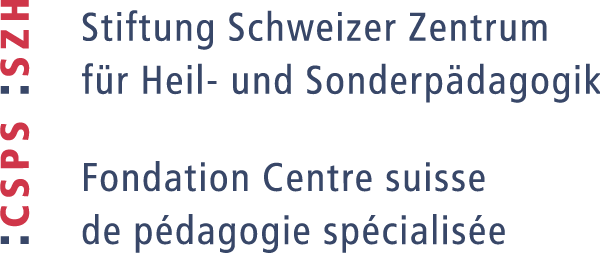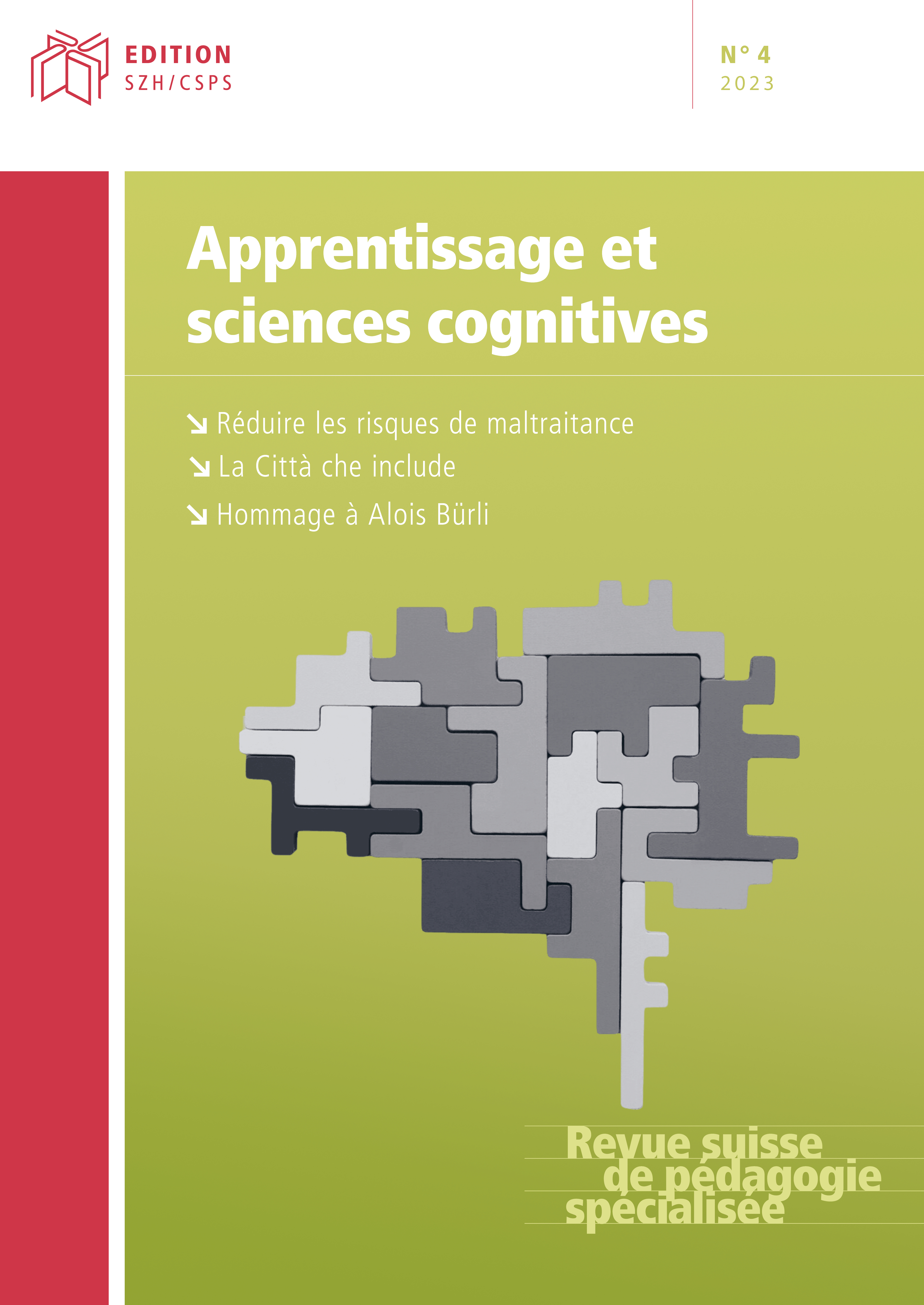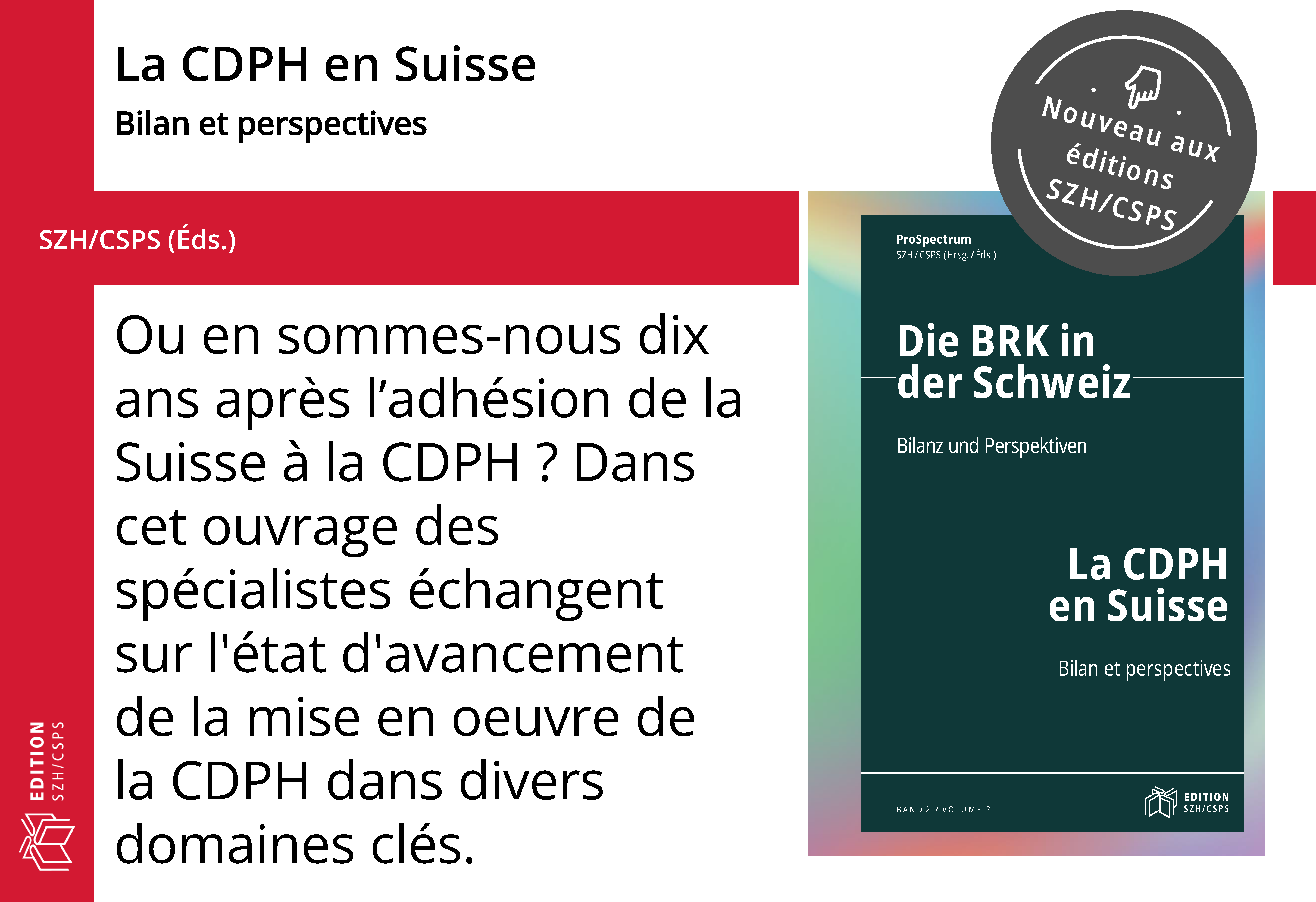La récupération en mémoire et l’espacement
Deux stratégies pour favoriser l’apprentissage et la neuroplasticité
DOI :
https://doi.org/10.57161/r2023-04-04Mots-clés :
développement cognitif, mémoire, neuroplasticité, processus d’apprentissageRésumé
Apprendre repose sur la neuroplasticité du cerveau, c’est-à-dire sur la capacité à ajuster ses connexions neuronales pour s’adapter à son environnement. Elle est influencée par un ensemble de facteurs et certaines stratégies pédagogiques, qui ont été identifiées par la recherche comme efficaces et qui tiennent justement compte de ces facteurs pour favoriser l’apprentissage. Cet article porte sur deux de ces facteurs : la récupération en mémoire et l’espacement.
Références
Adesope, O. O., Trevisan, D. A., & Sundararajan, N. (2017). Rethinking the use of tests: A meta-analysis of practice testing. Review of Educational Research, 87(3), 659-701. https://doi.org/10.3102/0034654316689306
Antony, J. W., Gobel, E. W., O'hare, J. K., Reber, P. J., & Paller, K. A. (2012). Cued memory reactivation during sleep influences skill learning. Nature neuroscience, 15(8), 1114-1116. https://doi.org/10.1038/nn.3152
Dunlosky, J., Rawson, K. A., Marsh, E. J., Nathan, M. J., & Willingham, D. T. (2013). Improving students’ learning with effective learning techniques: Promising directions from cognitive and educational psychology. Psychological Science in the Public Interest, 14(1), 4-58. https://doi.org/10.1177/1529100612453266
Eriksson, J., Kalpouzos, G., & Nyberg, L. (2011). Rewiring the brain with repeated retrieval: a parametric fMRI study of the testing effect. Neuroscience Letters, 505(1), 36-40. https://doi.org/10.1016/j.neulet.2011.08.061
Gerbier, E., & Toppino, T. C. (2015). The effect of distributed practice: Neuroscience, cognition, and education. Trends in Neuroscience and Education, 4(3), 49-59. https://doi.org/10.1016/j.tine.2015.01.001
Hattie, J. (2009). Visible learning: A synthesis of over 800 meta-analyses relating to achievement. Routledge.
Hebb, D. O. (1949). The organization of behavior: A neuropsychological theory. Wiley.
Karpicke, J. D. et Blunt, J. R. (2011). Retrieval practice produces more learning than elaborative studying with con-cept mapping. Science, 331(6018), 772-775. https://doi.org/10.1126/science.1199327
Kornell, N. (2009). Optimising learning using flashcards: Spacing is more effective than cramming. Applied Cognitive Psychology: The Official Journal of the Society for Applied Research in Memory and Cognition, 23(9), 1297-1317. https://doi.org/10.1002/acp.1537
Leeming, F. C. (2002). The exam-a-day procedure improves performance in psychology classes. Teaching of Psycho-logy, 29(3), 210-212. https://doi.org/10.1207/S15328023TOP2903_06
Luo, L. (2021). Architectures of neuronal circuits. Science, 373, eabg7285. https://doi.org/10.1126/science.abg7285
Piazza, M., Izard, V., Pinel, P., Le Bihan, D. & Dehaene, S. (2004). Tuning curves for approximate numerosity in the human intraparietal sulcus. Neuron, 44(3), 547-555. https://doi.org/10.1016/j.neuron.2004.10.014
Rasch, B. et Born, J. (2013). About sleep's role in memory. Physiological Reviews, 93, 681-766. https://doi.org/10.1152/physrev.00032.2012
Smolen, P., Zhang, Y., & Byrne, J. H. (2016). The right time to learn: mechanisms and optimization of spaced lear-ning. Nature Reviews Neuroscience, 17(2), 77-88. https://doi.org/10.1038/nrn.2015.18
Vestergren, P., & Nyberg, L. (2014). Testing alters brain activity during subsequent restudy: evidence for test-potentiated encoding. Trends in Neuroscience and Education, 3(2), 69-80. https://doi.org/10.1016/j.tine.2013.11.001
Zaromb, F. M., & Roediger, H. L. (2010). The testing effect in free recall is associated with enhanced organizational processes. Memory & Cognition, 38(8), 995-1008. https://doi.org/10.3758/MC.38.8.995
Publiée
Comment citer
Numéro
Rubrique
Licence
© Sophie McMullin, Steve Masson 2023

Ce travail est disponible sous la licence Creative Commons Attribution 4.0 International .



